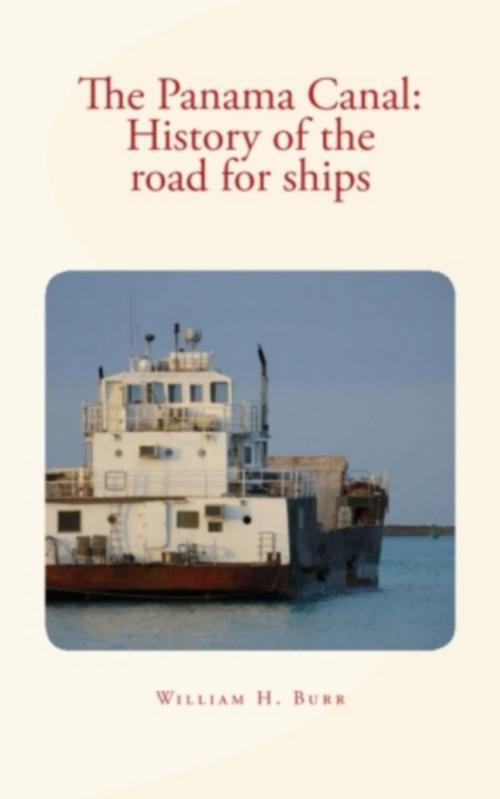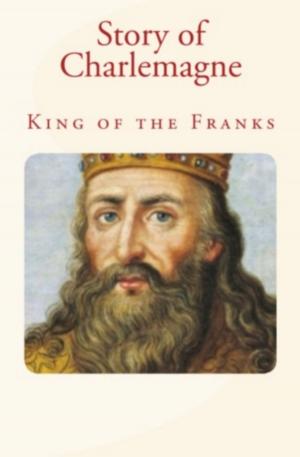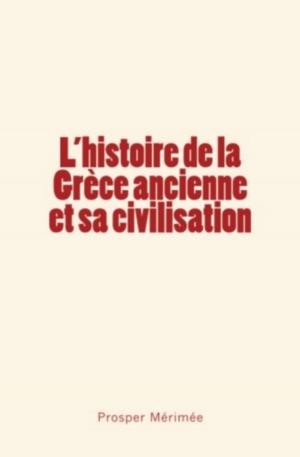| Author: | William H. Burr | ISBN: | 9782366593273 |
| Publisher: | Editions Le Mono | Publication: | October 19, 2016 |
| Imprint: | Editions Le Mono | Language: | English |
| Author: | William H. Burr |
| ISBN: | 9782366593273 |
| Publisher: | Editions Le Mono |
| Publication: | October 19, 2016 |
| Imprint: | Editions Le Mono |
| Language: | English |
The Panama route as a line of transit across the isthmus was established, as near as can be determined, between 1517 and 1520. The first settlement, at the site of the town of old Panama, six or seven miles easterly of the present city of that name, was begun in August, 1517. This was the Pacific end of the line. The Atlantic end was finally established in 1519 at Nombre de Dios, the more easterly port of Acla, where Balboa was tried and executed, having first been selected but subsequently rejected.
The old town of Panama was made a city by royal decree from the throne of Spain in September, 1521. At the same time it was given a coat of arms and special privileges were conferred upon it. The course of travel then established ran by a road well known at the present time through a small place called Cruces on the River Chagres, about seventeen miles distant from Panama. It must have been an excellent road for those days. Bridges were even laid across streams and the surface was paved, although probably rather crudely. According to some accounts it was only wide enough for use by beasts of burden, but some have stated that it was wide enough to enable two carts to pass each other.
The harbor of the Atlantic terminus at Nombre de Dios did not prove entirely satisfactory and Porto Bello, westerly of the former point, was made the Atlantic port in 1597 for this Isthmian line of transit. The harbor of Porto Bello is excellent and the location was more healthful, yet Porto Bello itself was subsequently abandoned, largely on account of its unhealthiness...
The Panama route as a line of transit across the isthmus was established, as near as can be determined, between 1517 and 1520. The first settlement, at the site of the town of old Panama, six or seven miles easterly of the present city of that name, was begun in August, 1517. This was the Pacific end of the line. The Atlantic end was finally established in 1519 at Nombre de Dios, the more easterly port of Acla, where Balboa was tried and executed, having first been selected but subsequently rejected.
The old town of Panama was made a city by royal decree from the throne of Spain in September, 1521. At the same time it was given a coat of arms and special privileges were conferred upon it. The course of travel then established ran by a road well known at the present time through a small place called Cruces on the River Chagres, about seventeen miles distant from Panama. It must have been an excellent road for those days. Bridges were even laid across streams and the surface was paved, although probably rather crudely. According to some accounts it was only wide enough for use by beasts of burden, but some have stated that it was wide enough to enable two carts to pass each other.
The harbor of the Atlantic terminus at Nombre de Dios did not prove entirely satisfactory and Porto Bello, westerly of the former point, was made the Atlantic port in 1597 for this Isthmian line of transit. The harbor of Porto Bello is excellent and the location was more healthful, yet Porto Bello itself was subsequently abandoned, largely on account of its unhealthiness...















